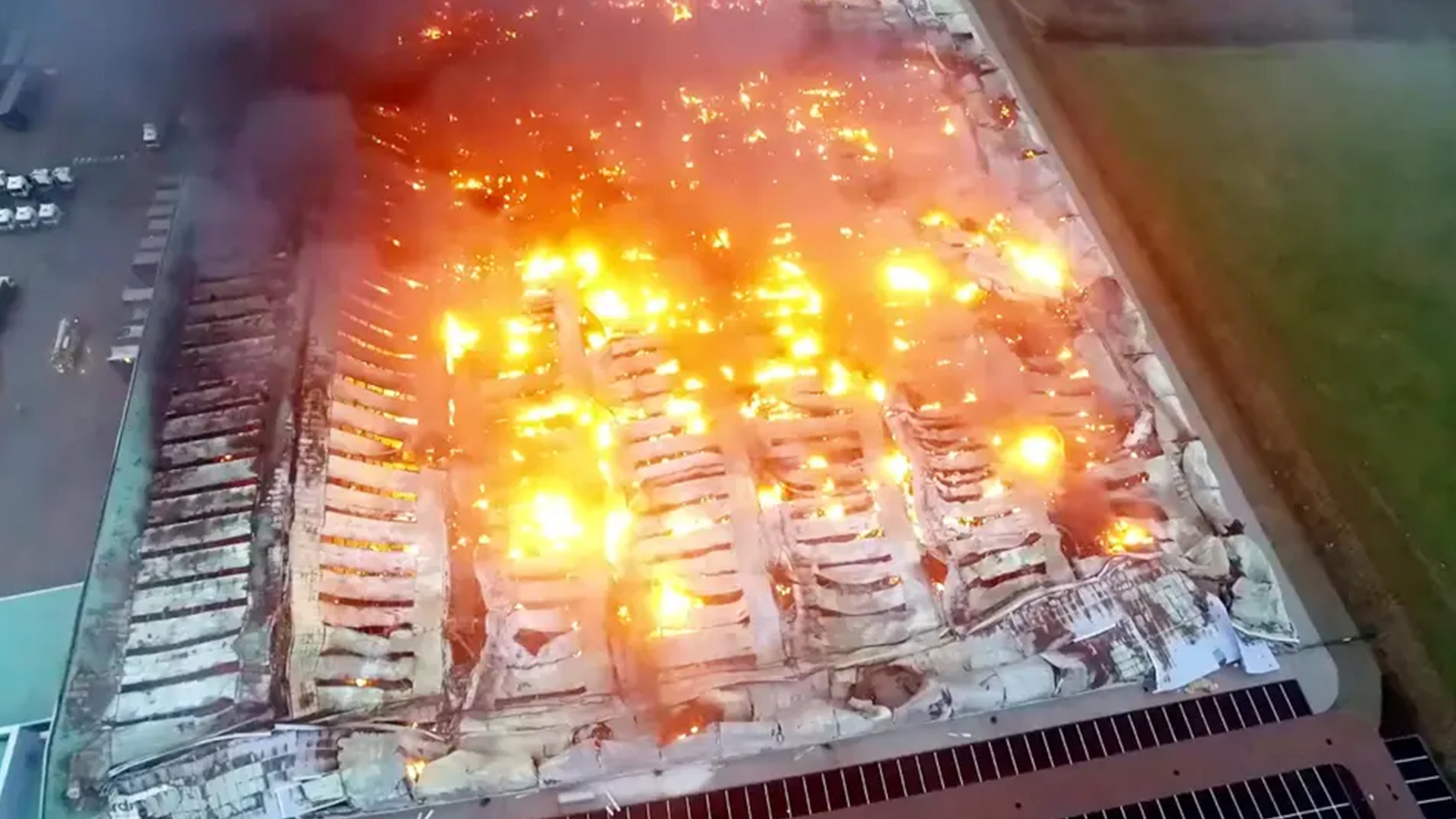How is a building sustainable if it is destroyed in a fire?
When it comes to sustainability and fire resilience nearly all green building schemes fall short, sustainability rating schemes should incorporate an evaluation of a building’s fire resilience. Fire safety is a critical aspect of building performance, and it’s essential to ensure that sustainability and fire resilience are not viewed as competing priorities, but rather as complementary goals that can be achieved together.
Currently, many schemes only rate the environmental, social and economic sustainability performance of a building across its life cycle. While the primary focus of sustainability rating schemes is on resource efficiency, it’s important to recognize that building fires can have significant environmental, social, and economic impacts, also, how is a building sustainable if it is destroyed in a fire?
Fires can result in the release of toxic fumes, greenhouse gas emissions, and water pollution. Additionally, they can have a devastating impact on people’s lives and property, as well as on the wider community. Incorporating credits for fire resilience and fire safety into green building schemes can help start to promote a more future proof approach to sustainability.
Sustainability was put to question when this warehouse in Daventry burned to the ground after being operational only for a matter of months, raising a fundamental question about how sustainable any building can be if it is destroyed in a fire. “Currently, none of the metrics that define sustainability consider fire or its impact. Fire is simply an issue that is not covered in these scoring schemes or for sustainability ratings.” – Iain Cox, Chairman of the Business Sprinkler Alliance
This could involve assessing a building’s fire safety features, such as, alarms and sprinkler systems to evaluating a building’s emergency response plan, and evacuation procedures, and monitoring the effectiveness of these measures over time.
Although many schemes emphasise that fire safety and sustainability in buildings share common goals, most do not award credits for fire resilience that go beyond existing building regulations. Integrating fire resilience into the frameworks of sustainable building rating schemes would help to promote a more comprehensive approach to sustainability that takes into account not only resource efficiency but also the broader environmental, social, and economic impacts of building fires.
This could involve assessing a building’s fire safety features, such as, alarms and sprinkler systems to evaluating a building’s emergency response plan, and evacuation procedures, and monitoring the effectiveness of these measures over time.
Furthermore, sustainability rating schemes could be used to incentivise the use of water and energy saving technologies, eradicating outdated and wasteful practices that are widespread throughout the industry.
By incorporating fire safety metrics into sustainability rating schemes, building owners and developers can ensure that they are taking a comprehensive approach to building performance that includes both sustainability and fire resilience. Helping to create safer and more sustainable buildings.
